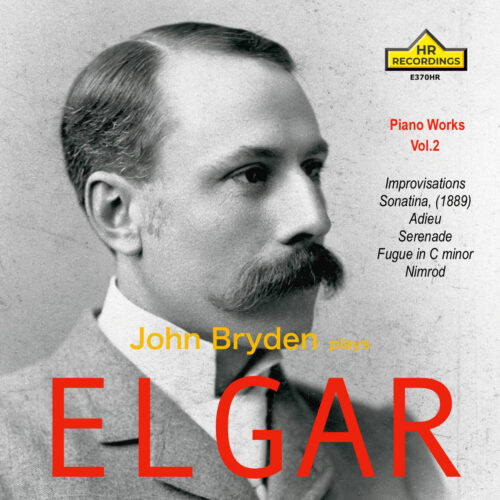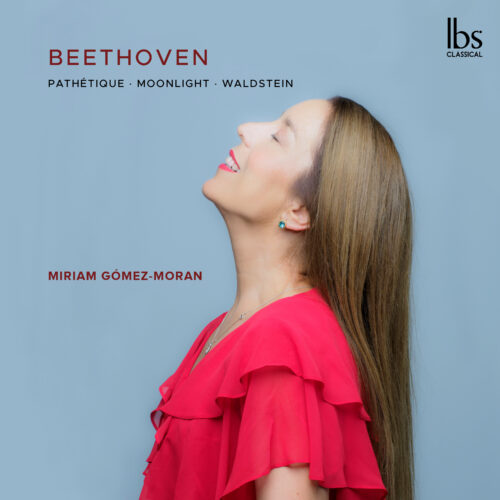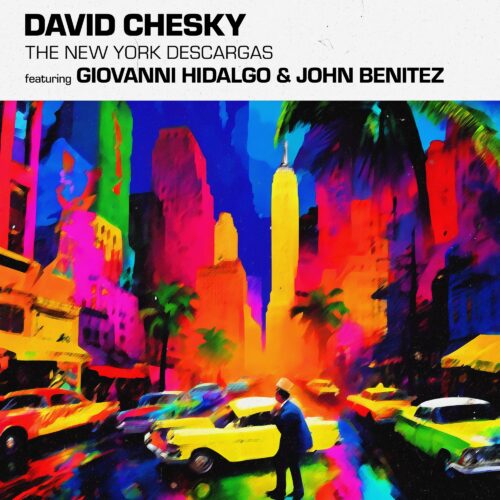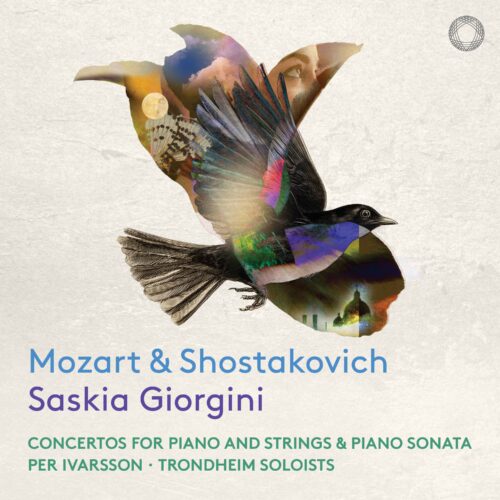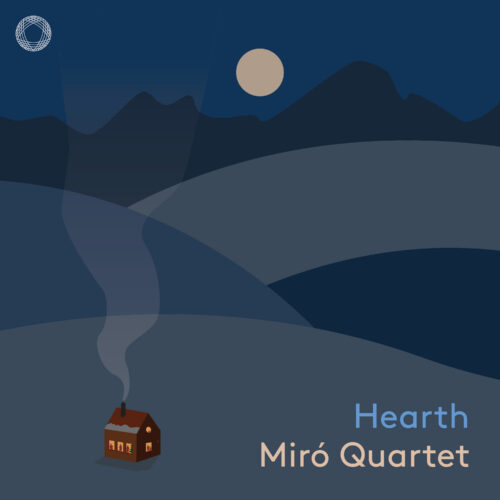Higher Rates Program
NativeDSD offers DSD and DXD recordings in multiple DSD bitrates and formats, as provided by the labels. Additionally, under special arrangement with select labels, NativeDSD also obtains the original DXD (352.8KHZ PCM) edited masters, or the never processed in PCM original edited DSD session files. With those NativeDSD creates higher DSD bitrates of these releases using two methods (Merging Technologies Album Publishing and Signalyst HQPlayer Pro), depending on the original edited master format source. In 2023, the program has expanded to allow other High PCM Rates like 192/176.6 and 96/88.1 kHz. On each album page, near the quality selector, you can find the original recorded resolution info.
Background
To understand this exclusive mastering processes of the Higher Rates Program (HRP), a bit of background is appropriate.
NativeDSD sells recordings that were originally recorded in DSD or DXD (352.8KHz PCM). With the exception described below, the overwhelming majority of these recordings were edited and post processed in DXD, then converted (modulated) into one or more DSD deliverable bit rates by the label. NativeDSD acquires the label’s original DXD edited master, and using Merging Technologies Album Publishing, create first generation DSD64, DSD128, and DSD256, as well as a DXD FLAC deliverables. Additionally, on selected recordings, a 32bit PCM WAV file is extracted (the DXD PCM FLAC is 24 bits by format definition), and uses it to modulate a DSD512 using HQPlayer Pro.
The exception to the above are the few label recordings (Yarlung, Eudora, Just Listen etc.) that record in DSD, and do no PCM post process mixing, level balancing, or EQ etc. That’s achieved by restricting post processing to just editing where, if there were edits, only the edit transition interval (typically 100ms or less) is PCM converted, leaving the DSD music content unaltered when published. For these recordings, the DSD edited master (the actual recording master) is used with HQPlayer Pro to re-modulate and create the missing DSD bitrates.
Tailored Data
The reason we generate these additional delivery formats and DSD bitrates is to provide customers purchasing alternatives tailored to their DAC’s design capabilities.
It is correct that there’s no additional music content information contained in the higher DSD bitrate deliverables from the original DSD bitrate. What’s different is the uncorrelated modulation noise content placement in the frequency spectrum. When a DSD original file is converted to DXD (PCM), the inherent DSD modulation noise is removed through the decimation filtering, and reoccurs when modulated back to DSD. The modulation noise (again, uncorrelated) is the carrier part of the DSD bitstream modulation, and an inherent part of the DSD bit stream.
While the modulation envelope spectral shape is the same regardless of the DSD bitrate, its effective frequency start and end points move an octave higher for every doubling of the DSD bitrate. For DSD64, the uncorrelated modulation noise is about -110dB at 20KHz, rising to about -50dB at 100KHz. For DSD512, the modulation noise is about -110dB at 160KHz, and -50dB at 800KHz. This allows the customer’s DAC to use gentler, more Gaussian shaped reconstruction filter algorithms, with far improved phase response, yielding a more analog sounding, more spacious and detailed playback.
Pure DSD
Releases listed as HRP may also be listed as a PureDSD release. This is the case when all DSD Bit Rates Created in DSD Domain from DSD Stereo and in many releases DSD Multichannel Recording as well. In this case no DXD or PCM Processing has been used.
— by Tom Caulfield, NativeDSD Mastering Engineer
Showing 1–12 of 2058 results






